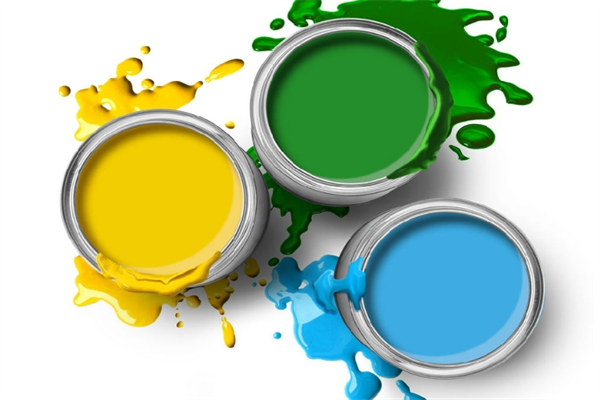Antirust coatings are coatings that protect metal surfaces from chemical or electrochemical corrosion in the atmosphere and seawater. Coating metal surfaces with antirust paints can effectively avoid the direct invasion of various corrosive substances in the atmosphere and maximize the service life of the metal. It can be divided into two categories: physical and chemical antirust paints. The former relies on the appropriate coordination of pigments and paints to form a dense film to prevent the intrusion of corrosive substances, such as iron red, aluminum powder, graphite antirust paint, etc.; the latter relies on the chemical rust inhibition of antirust pigments, such as reddish, zinc yellow antirust paint. It is used for rust prevention of bridges, ships, pipelines and other metals.

Classification
Oil-based metal antirust paint
There are two types of antirust paints used: oil-based antirust paints and water-based antirust paints. Oil-based antirust paint makes it difficult to remove grease from the surface of materials and is rarely used. Oil-based antirust paint is easy to use and inexpensive, but because it contains nitrites, chromates and other toxic substances, it is more harmful to the operators, and the country has restricted the use of it, and the performance of this kind of product is single, and it cannot meet the antirust requirements of magnetic alloy materials.
Water-based metal antirust paint
Inositol hexaphosphate, a strong metal chelating agent, is selected as the main component and compounded with several other water-based additives. Inositol hexaphosphate is a natural and non-toxic organic chemical product extracted from food crops. When it is used as an antirust agent for magnetic materials, it can be chelated with metal rapidly on the surface to form a dense monomolecular complex protective film, which can effectively inhibit the corrosion of metal. The surface of the material treated with this product keeps the original color, and can enter the next process such as painting without washing.
Antirust pigment
Antirust pigment is an important part of antirust paint. Physical antirust pigment is a kind of pigment which is more stable in its chemical property, and it relies on its own physical property, stable chemical property, hard texture, fine particles, excellent filling property to improve the density of the paint film and reduce the permeability of the paint film, thus it plays the role of antirust. Iron oxide red belongs to this kind of material. The rust prevention of aluminum metal powder is due to the aluminum powder has a scale-like structure, the formation of paint film is close, there is a strong ability to reflect ultraviolet light, can improve the ability of the paint film to resist aging.

Antirust paint testing range (part)
Reddish red antirust paint, iron red antirust paint, physical action antirust paint, chemical action antirust paint, electrochemical action antirust paint, comprehensive action antirust paint, grey paint, zinc yellow paint, zinc gray antirust paint, epoxy antirust paint, mica iron oxide antirust paint, perchlorethylene antirust paint, waterborne antirust paint and so on.
Anti-rust paint testing items (part)
Ingredient testing, content testing, quality testing, ROHS testing, REACH testing, Chinese and English MSDS, identification of cargo transportation conditions, adhesion testing, gloss testing, viscosity testing, fineness testing, concentration testing, ash testing, thickness testing, density testing, moisture content testing, solid content testing, acid value testing, electrical performance testing, thermal performance testing, physical and chemical properties testing, aging Performance testing, pencil hardness, abrasion resistance, impact resistance, bending strength, cupping, scrub resistance testing.